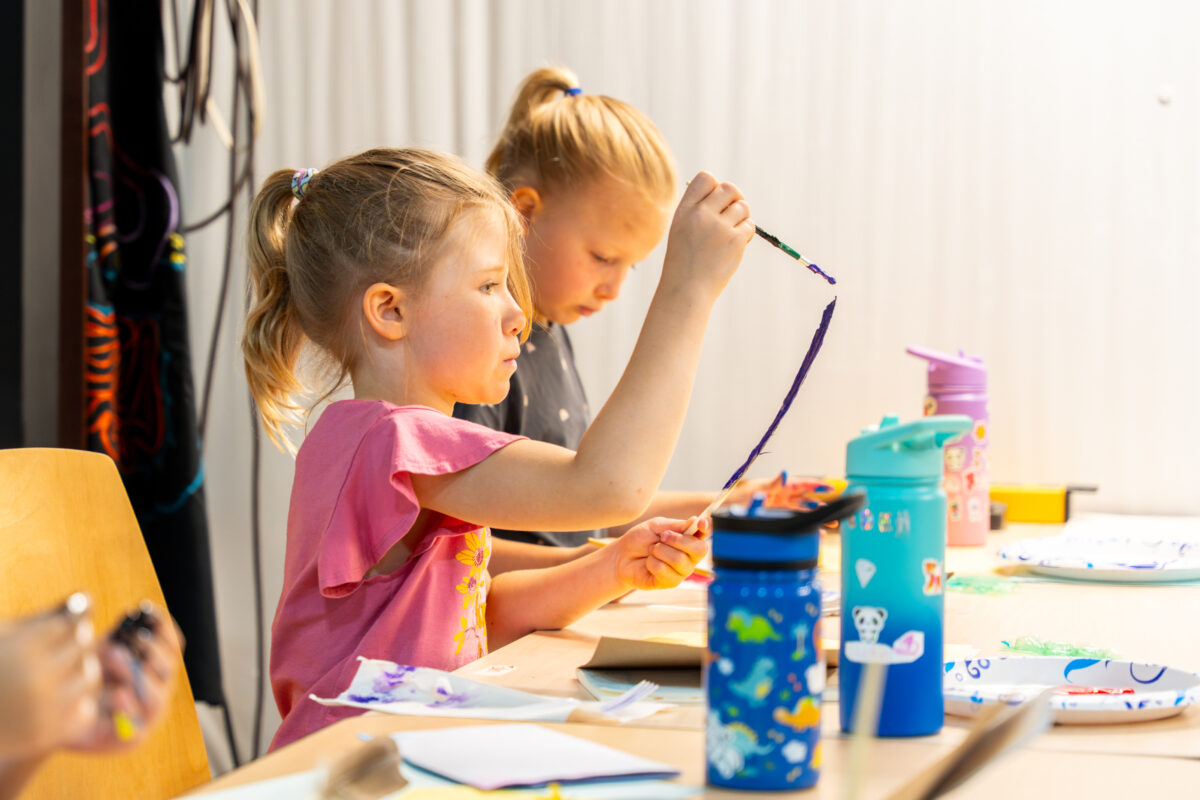How to build your own Red Cross Emergency Preparedness Kit
Reading time: 5 minutes
Sponsored

No matter where you live, a disaster can happen at any time, anywhere—even here in Birmingham. It’s important to be prepared with the supplies you might need during an emergency or disaster. That’s why the American Red Cross has developed three key steps to help keep yourself and your loved ones safe—starting with an Emergency Preparedness Kit.
Stay prepared with the American Red Cross

In case you didn’t know, the American Red Cross does a lot more than just blood donations. In addition to supplying about 40% of the nation’s blood, one of the American Red Cross’ biggest endeavors is assisting people in the path of disasters, both natural and otherwise.
From small home fires to hurricanes that affect multiple states, the American Red Cross responds to over 60,000 disasters a year. Everyday people make it happen—in fact, 95% of American Red Cross disaster relief workers are volunteers.
Want to learn more about the American Red Cross’ Disaster Relief Programs? Click here.
While you can always count on the American Red Cross to be there in your hour of need, it never hurts to be prepared. That’s why the American Red Cross has developed a simple, three-step program to help you keep your household safe.
Here’s what you need.

The American Red Cross’ disaster preparedness program is simple: Get a Kit, Make a Plan, Be Informed. According to the American Red Cross, each emergency kit should contain the following:
- Water: one gallon per person, per day (3-day supply for evacuation, 2-week supply for home)
- Food: non-perishable, easy-to-prepare items (3-day supply for evacuation, 2-week supply for home).
- Flashlight
- Battery-powered or hand-crank radio
- Extra batteries
- First Aid Kit. Click here to learn how to make a First Aid Kit.
- Medications (7-day supply) and medical items
- Multi-purpose tool
- Sanitation and personal hygiene items
- Copies of personal documents (medication list and pertinent medical information, proof of address, deed/lease to home, passports, birth certificates, insurance policies)
- Cell phone with chargers
- Family and emergency contact information
- Extra cash
- Blankets
- Map(s) of the area
In addition to these basic supplies, consider the unique needs of your household. Do you have family members with specific medical needs? Ensure your family is prepared with this checklist:
- Medical supplies (hearing aids with extra batteries, glasses, contact lenses, syringes, etc)
- Baby supplies (bottles, formula, baby food, diapers)
- Games and activities for children
- Pet supplies (collar, leash, ID, food, carrier, bowl)
- Two-way radios
- Extra set of car keys and house keys
- Manual can opener
For more information on how to build a Red Cross Emergency Kit, visit their website.
Make a Disaster Plan & Stay Informed

Building an emergency kit is the first step—now, it’s time to craft your family’s unique disaster plan. Luckily, the American Red Cross can help you with that, too.
- With your family or household members, discuss how to prepare and respond to the types of emergencies that are most likely to happen where you live, learn, work and play.
- Identify responsibilities for each member of your household and how you will work together as a team.
- Practice as many elements of your plan as possible.
While you discuss the plan, you can document the steps with free, handy templates from the American Red Cross:
Finally, make sure to learn what types of disasters or emergencies could occur in your area. Identify ways to stay informed on the latest updates, whether its local weather stations or the several American Red Cross Disaster Apps:
- Emergency | App Store | Google Play | Text “GETEMERGENCY” to 90999
- Tornado | App Store | Google Play | Text “GETNADO” to 90999
- Hurricane | App Store | Google Play | Text “GETCANE” to 90999
- Earthquake | App Store | Google Play | Text GETQUAKE” to 90999
- Flood | App Store | Google Play | Text “GETFLOOD” to 90999
While being prepared might not prevent a disaster, it will give you the tools and the knowledge to be able to tackle the challenge head-on.
Donate to help the Red Cross respond to disasters

Currently, Red Cross staff and volunteers are helping the victims of Hurricane Sally along the Gulf Coast, including Alabama. There are several ways you can help Hurricane Sally victims through the Red Cross:
- Text HURRICANES to 90999 or call 1-800-RED-CROSS to make a donation.
- Choose “Hurricane Sally” when making a direct donation on their website.
Additionally, the need for blood is constant. Schedule an appointment through the Red Cross Blood Donor App, by visiting RedCrossBlood.org or calling 1-800-RED-CROSS
Have you built an emergency preparedness kit? What did you include? Tag us @bhamnow to let us know!
Sponsored by:



